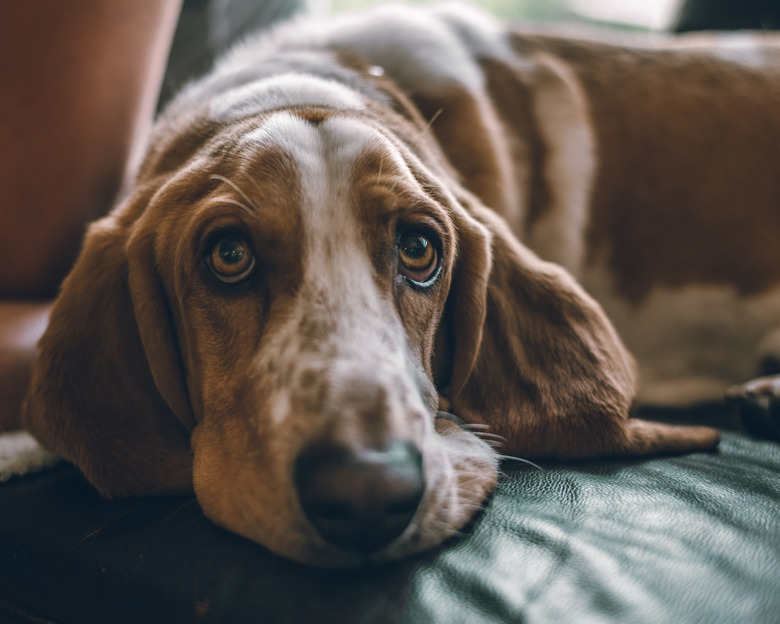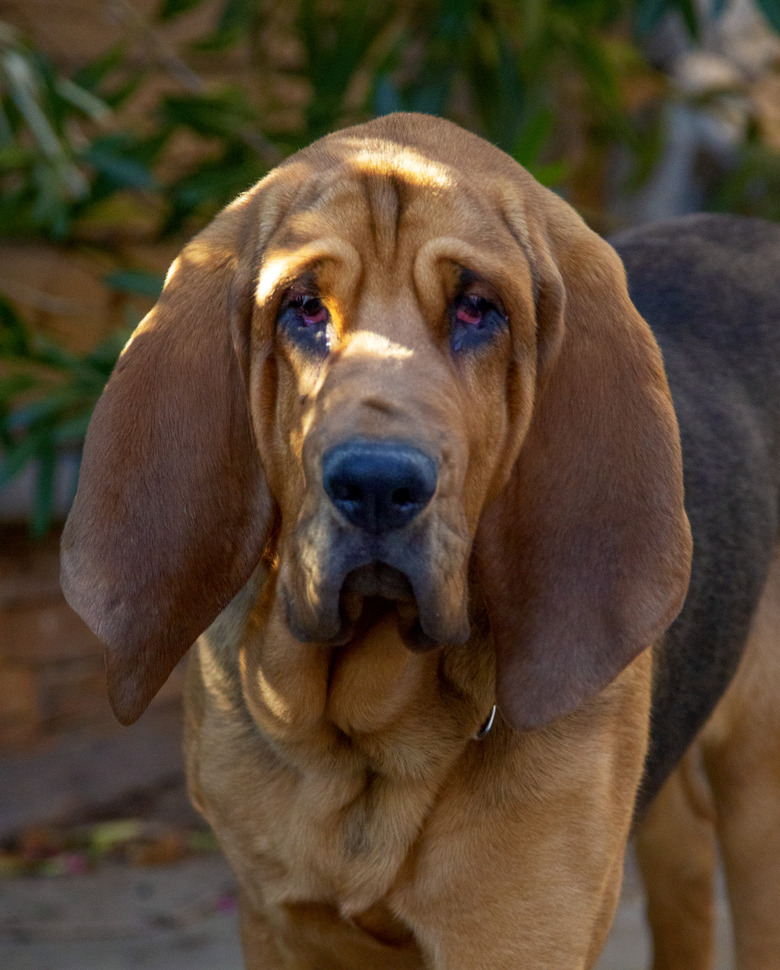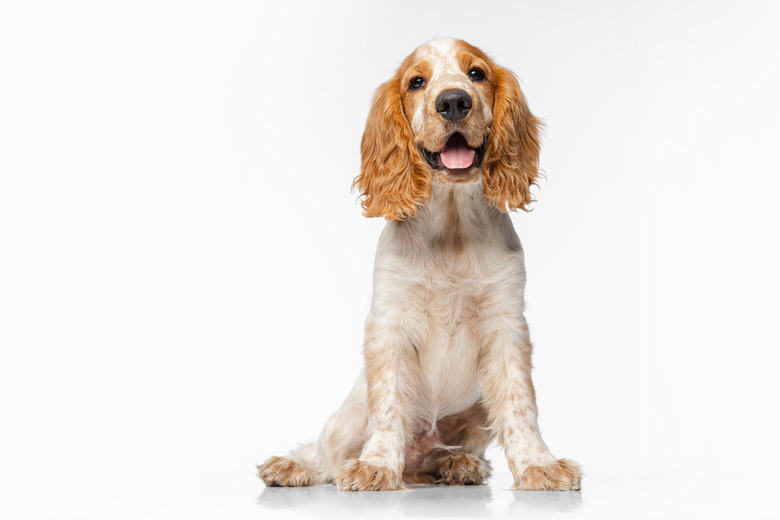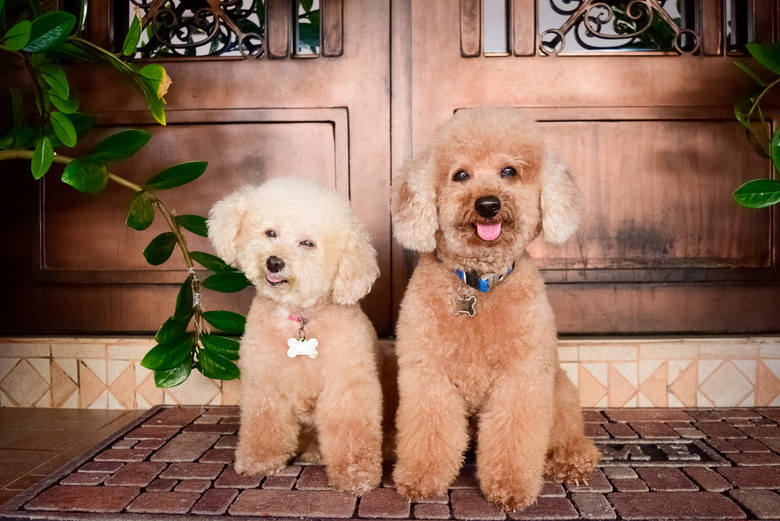What Are The Dog Types With Long Ears?
Dogs with long ears are undeniably adorable. Those long, velvety ears simply demand to be admired and petted. With a wide variety of long-eared dogs from which to choose, you have plenty of options if you're looking to add a canine pal to your household. The American Kennel Club classifies all dog breeds into one of seven groups, and long-eared breeds are well represented in four of these: the hounds, sporting dogs, working dogs, and toy breeds.
The hound group
The hound group
Many long-eared hounds of different sizes occupy the hound group, which includes both sight and scent hounds. Large hounds with long ears include the bloodhound and coonhound (black and tan, bluetick, or redbone). Small and medium-size hounds in this group are the beagle, basset hound, and dachshund. While most hounds have short coats, breeds like the Afghan hound have long coats that require more grooming.
Hounds were originally bred as hunting dogs, and the impressively long ears of dogs like the bloodhound and the basset hound actually aid in their tracking abilities. Those long, low ears trail along the ground as they move, helping to stir up scent particles and sweep them toward the dog's nose.
The characteristics of hunting dogs can mean they aren't a perfect fit for every lifestyle. Many of these breeds require lots of exercise and mental stimulation to stay happy and healthy. A working dog without a job may turn to destroying household items to relieve boredom and restlessness. Hounds are very vocal and bay rather than bark, and they are more likely to cause a ruckus while home alone if their exercise needs aren't met. A large, loud, and excitable dog may not be the best dog for apartment dwellers, but the small and spunky dachschund can be a great choice for many people.
The sporting group
The sporting group
The sporting group consists of the spaniels, pointers, setters, and retrievers. Large dogs with long ears in this group include the English and Irish setters, American and Irish water spaniels, German shorthair pointer, and Weimaraner. Medium-size members are the cocker spaniels (English and American), springer spaniels (English and Welsh), vizsla, and German wirehair pointer. Small or toy spaniels with long ears are the Cavalier King Charles and the English toy spaniel.
Like the hounds, many breeds in the sporting group have a high energy level and need lots of mental stimulation. If you're looking for a family pet, the friendly cocker spaniel and Cavalier King Charles spaniel make wonderful companions.
Working and toy groups
Working and toy groups
Dogs in the working group were originally bred to guard livestock and homes or to pull carts. Large, floppy-eared dogs include the Saint Bernard and Bernese mountain dog, with an honorable mention going to the Great Pyrenees. There is a lot of variety among this group when it comes to size and energy level, so there are many options to fit different lifestyles, though only a few long-eared working varieties.
The toy group consists of small dogs bred for companionship. Those looking for a pint-size, long-eared pup have several options in this group. Long-eared toys include the Japanese chin, Maltese, Pekingese, and toy poodle.
Caring for dogs with long ears
Caring for dogs with long ears
Long ears can harbor more bacteria than shorter ones, leading to ear infections, so pet parents of long-eared dogs should be sure to clean ears regularly with a dedicated ear wash. Symptoms of an ear infection include head shaking or scratching at the ears, a foul smell in the ears, and ear discharge. If your pup is exhibiting signs of an ear infection, be sure to get him to the vet for treatment.
References
- Petfinder: Why Do Bloodhounds Have Long Ears? The Better to Smell You With!
- Germanshepherddog.info: What's the Difference Between Dog Howling and Baying?
- Hepper: 10 Dog Breeds With Long Ears
- American Kennel Club: Sporting Group Breeds
- American Kennel Club: English Cocker Spaniel Breed Information
- American Kennel Club: Cavalier King Charles Spaniel Breed Information
- American Kennel Club: Dachshund Breed Information
- American Kennel Club: Working Group Breeds
- American Kennel Club: Hound Group Breeds
- American Kennel Club: Toy Group Breeds



